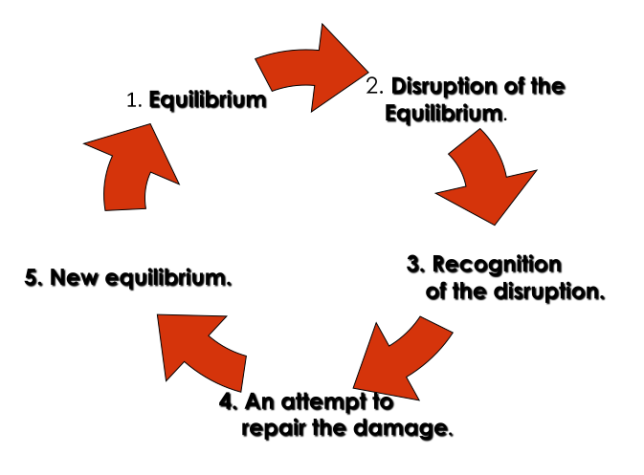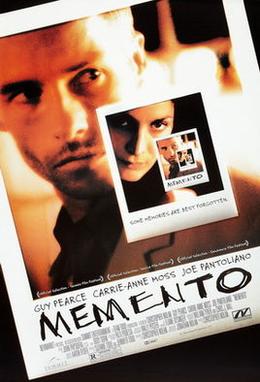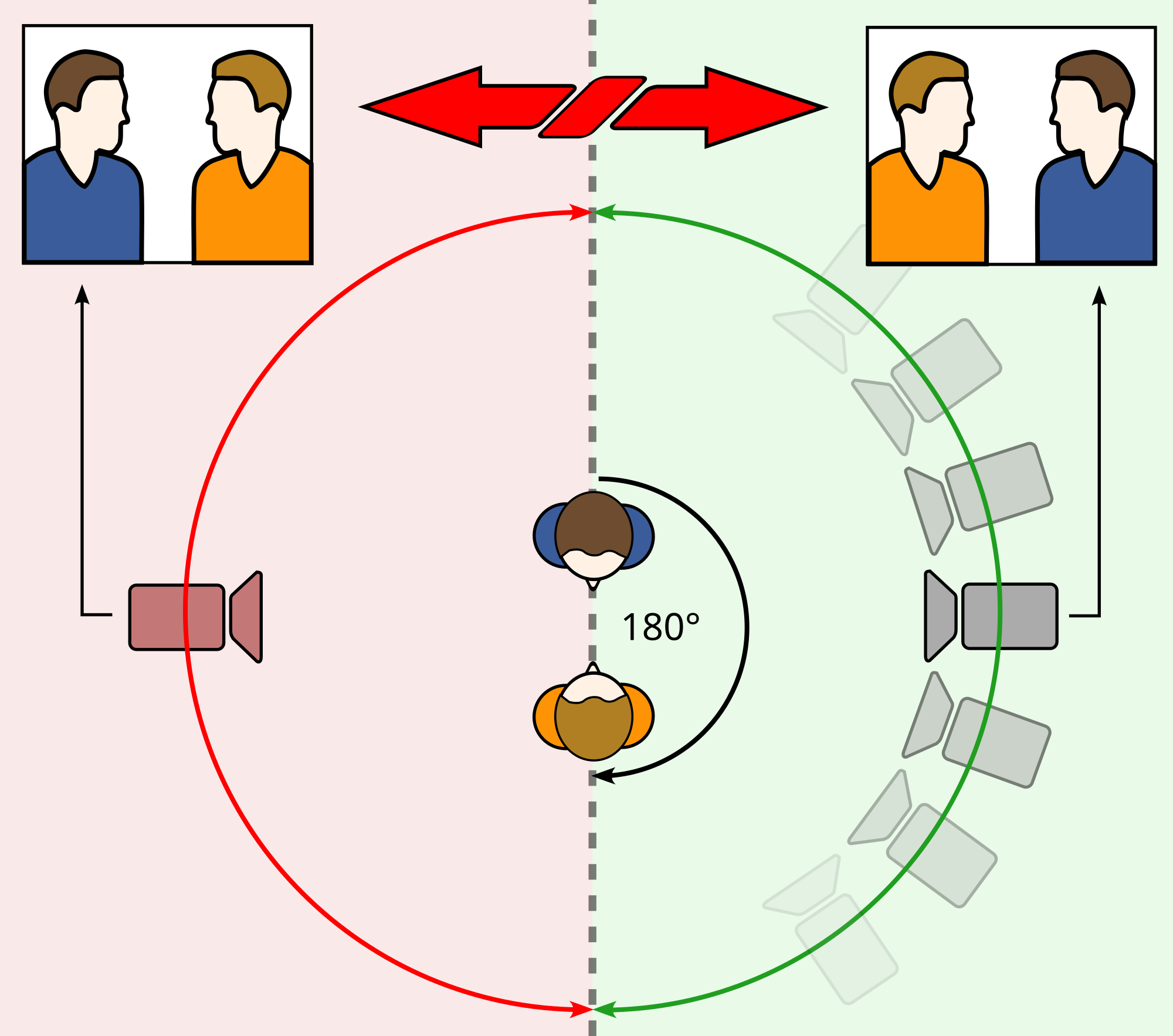Elliptical editing- compressing the events in a story so that it can develop in a short duration of screen time in comparison to how it would develop in real time. A character could be completing a task that could take hours in real time however, the unnecessary footage will be cut to show what might only be a minute of screen time. This makes the progression of the story more interesting to the audience while still keep the vital points of the plot. An example of elliptical editing is in Batman Begins where the character is on a long journey that is comprised into a minute and a half.
Fast cutting- this is where the footage is compiled into a series of shots with a short duration. This makes the sequence appear to be jumpy and signifies chaos or panic. This editing technique was used in the Can Can scene in Moulin Rouge.
L-cut editing- this is where it cuts to a new shot with the audio from the previous shot continuing.
J-cut editing- similar to an L-cut however, this is where the audio for the next shot can be heard before the next shot is seen on screen.
Jump cut- A jump cut is where a single shot in a scene cuts to a second one that, although is in the same scene, is in a slightly different position to the last. Jump cuts can add a sense of speed to the scene as it cuts.
Invisible editing- Invisible editing is where the editing in the scene cannot be seen by the audience, this creates a seamless looking scene or transition without having simply cut to a separate shot.
















